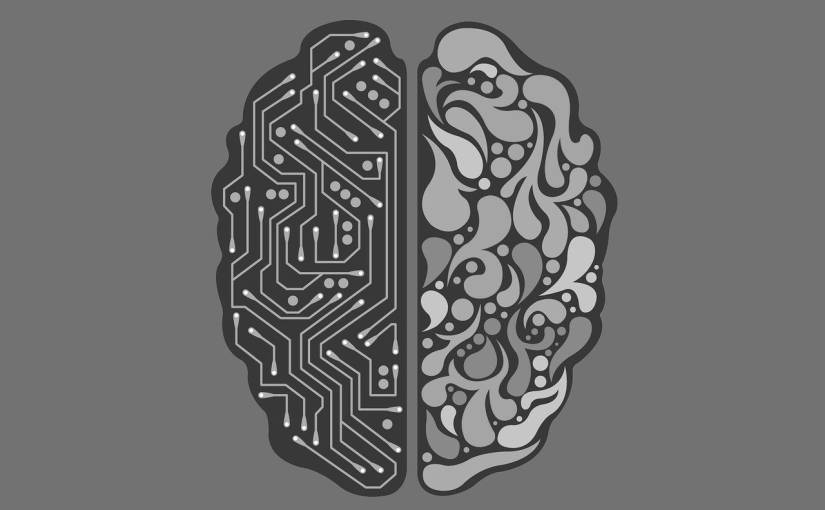Is digital biology the next big thing? In a world where AI services like ChatGPT and Midjourney dominate the hype cycle, this might sound like quite the claim. But it’s based on a solid foundation. As digital biology tools continue to evolve, their potential to have transformative impacts across industries is becoming clearer by the day.
If you’re a leader looking for the next big step in biology, you can’t afford to sleep on this technology. To understand what I mean, let’s look at some industries ripe for transformation and how digital biology tools can push them to new heights.
WHERE DIGITAL BIOLOGY IS MAKING A NAME FOR ITSELF
Healthcare is perhaps the most apparent industry where digital biology plays an increasingly important role. Through a combination of data, AI, and computational tools, scientists and researchers can significantly reduce the time it takes to diagnose diseases and develop complex biopharmaceuticals.
Companies like Recursion are already using these tools. The company is working to develop new therapeutic molecules for oncology, neuroscience, inflammation and immunology, and rare diseases through automation and machine learning.
Healthcare and Digital Biology
But healthcare isn’t the only area digital biology can be applied. Materials, chemicals, food, and agriculture can benefit from these tools. For example, multiscale predictive modeling of plant growth makes it possible to explore new breeding avenues that combine the mapping of biological systems with the analysis of large data sets. In other words, it can bring true scalability to systems biology for the first time.
This technology can go even further in food production, speeding up the process to create novel food products and nutritional ingredients with less environmental impact and potentially more health benefits. Extracting information from the human genome and combining it with other data on metabolism, immunity, behavior, gut microbes, and clinical variables can enable precision nutrition that helps us make better dietary choices.
Digital biology is also being used in the materials and chemicals industry. For instance, Solugen is using these tools to genetically engineer enzymes to develop more sustainable chemicals.
Other Applications of Digital Biology
These are just some examples of the applications of digital biology. The benefits of digital biology are wide-ranging and will affect numerous professional fields. To understand how your company can harness its potential, let’s look at the benefits it can provide anyone working in the field:
1. GREATER PERSONALIZATION
Personalization means tailoring products and services to each individual or group’s specific needs, preferences, and characteristics. Digital biology makes personalization possible by leveraging biological data, like genetic data, to identify each person’s or population’s unique biological features and variations. With this information, digital biology can design and deliver more customized and effective solutions for different biological contexts.
2. BETTER PRECISION
The power of large biological databases isn’t limited to personalization. They can also help companies zero in on solutions with precision. In healthcare, this can improve diagnoses, treatments, and disease prevention. For instance, GRAIL is transforming early cancer detection using digital biology tools. Its multi-cancer early-detection blood tests analyze DNA shed by all cells, including cancer cells, into the bloodstream.
The company adopts ML algorithms trained by massive data sets to identify abnormal methylation patterns on those cell-free DNA fragments that may indicate the presence of cancer, significantly increasing the chance of early cancer detection.
3. INCREASED EFFICIENCY
Data and ML can speed up the discovery of new solutions and treatments. Meanwhile, tools like biological sensors can keep track of industrial processes and improve the efficiency with which resources are used. The result is that more products are discovered and developed on faster timelines — all while using fewer resources.
4. REDUCED COSTS AND IMPROVED SUPPLY CHAINS
Companies are eager to look for new solutions to reduce costs and improve supply chains of scarce raw materials, especially in the post-pandemic world. For example, properly engineered microorganisms can be deployed to ferment plant-based feedstock to produce products, reducing dependence on traditional raw materials that might be limited and expensive. In this case, computational technologies enable analysis and modeling of the metabolic pathways and gene circuits involved in fermentation, improving yield and scalability.
5. MORE SUSTAINABILITY
There is increasing demand from consumers and regulators to move away from traditional, high-carbon-footprint products and processes, developing innovative ways of manufacturing products that are more environmentally sustainable than existing ones.
For example, a few years ago, researchers developed a plastic-eating enzyme called PETase; however, it wasn’t ready on an industrial scale. Using a combination of lab automation and computational technologies, researchers can now test thousands of enzyme variants at speeds traditional experimental methods couldn’t imagine.
The strains can be optimized for the ideal productivity and scalability, while the molecules from plastics breakdown can be reused and synthesized into new materials, reducing carbon footprints.
From precision medicine and disease diagnosis to cultivated meat and sustainable chemicals, digital biology can potentially change the game in several positive ways. With an increasing number of digital biology tools available, there are fewer and fewer excuses not to delve into this promising new field.
By taking the lead in this space, you can spur your organization on to new discoveries and more sustainable processes that will benefit your business and the people you serve for years to come.
Featured Image Credit: Provided by the Author; Pexels; Thank you!


















